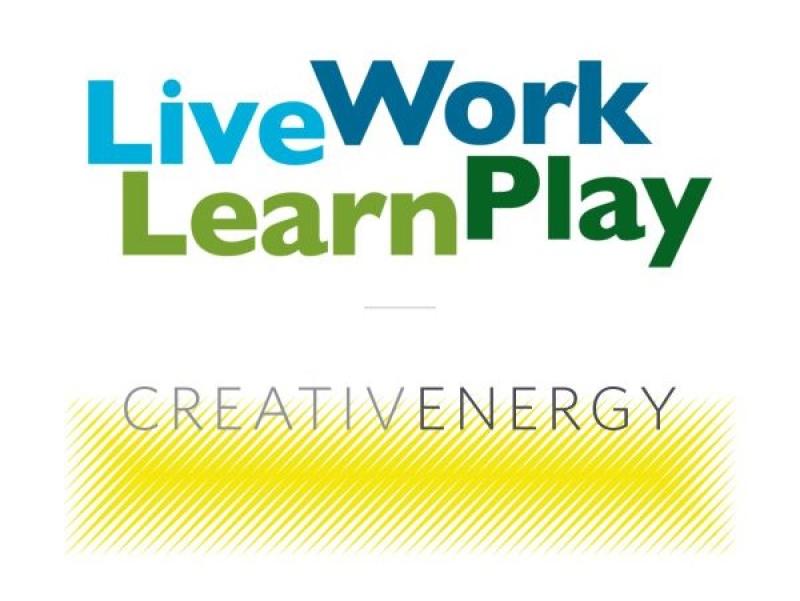A ‘55-year-old startup’
Founded in 1968 as an energy infrastructure developer, Creative Energy has undergone a substantial change since its origin Central Heat Distribution. Mandelbaum summarized this shift by calling Creative Energy a “55-year-old startup.”
Its district energy at that time used steam produced from natural gas heating as an alternative to oil and coal, lowering air pollution in Vancouver. The company was involved with the Vancouver Press building, Vancouver’s Gastown Steam Clock, St. Paul’s Hospital, various arenas, offices and commercial buildings.
When Central Heat Distribution was acquired by Westbank and renamed Creative Energy in 2014, and following InstarAGF Essential Infrastructure Fund taking a 50 per cent stake in 2018, the company changed “mandates to decarbonizing 50-year district energy systems and developing new low-carbon district energy across North America,” Mandelbaum said.
Creative Energy has offices in Vancouver, Seattle and Toronto and services a portfolio of 45 million square feet of connected real estate, he added.
Mandelbaum said district energy systems are the most sustainable and cost-efficient way to facilitate the clean energy transition by addressing buildings, a large contributor to greenhouse gas emissions.
Creative Energy’s district energy systems
Creative Energy’s offering connects buildings to a series of pipes and heat exchangers, eliminating individual heating and cooling systems. The systems can include air- and water-source heat pumps, sewage waste heat recovery, and heat exchangers that use the Pacific Ocean as a thermal battery.
Mandelbaum said the company approaches developers like Minto and pitches a tech-agnostic, energy-efficient solution. Elements such as building characteristics, the local climate and market are analyzed as Creative Energy figures out how to mix and match the right technology, strategy and financing.
Once planning is complete, Creative Energy establishes a thermal network and provides its service for 20 to 30 years under an energy-as-a-service contract.
District Energy is the “most cost-effective at decarbonizing existing buildings or low-carbon communities,” Mandelbaum said, thanks to economies of scale, reliability and resiliency. It also can boost a building’s effective space by eliminating the need for cooling towers and mechanical rooms.
Notable projects include: helping the redeveloped Mirvish Village residential site in Toronto attain LEED Platinum certification; and the Sen̓áḵw community of 6,000 rental units near Vancouver, one of the largest net-zero carbon housing projects.
Partnering with Live Work Learn Play
The latest partnership will incorporate these features at Montreal-based Live Work Learn Play’s properties.
Live Work Learn Play is behind mixed-use communities, healthcare facilities, recreation centres and downtown revitalization projects primarily in Canada and the U.S. Examples include the Poplar Regional Health & Wellness Village in in Collingwood, Ont., Woodbine Districts in Toronto and the Whistler Blackcomb ski resort.
“They’re in the business of developing wellness communities that are sustainable in every which way and they care about long-term legacy behind the future generations, » Mandelbaum said of the partnership. « We’re in that same business but with a much more narrow focus on the heating and cooling of these communities.”
“Introducing district energy aligns with our sustainability vision and makes strategic sense for our development, government and institutional partners and clients, given the economic and environmental benefits it offers to the communities and projects we work on,” Max Reim, Live Work Learn Play’s CEO, said in a release.
Mandelbaum would not disclose specific projects the companies will partner on, but said they will be large communities in Canada and the U.S. Live Work Learn Play will be the master planner and developer, and Creative Energy the district energy provider.
Creative Energy has plans to hire and grow across North America.
Mandelbaum highlighted its partnership with Swedish Health Services in Seattle to decarbonize the hospital and its neighbouring buildings with district energy.
The company hopes to start construction soon on a district energy system on Thompson River University’s Kamloops campus that is projected to offset over 100,000 tonnes of greenhouse gas emissions over 30 years.

